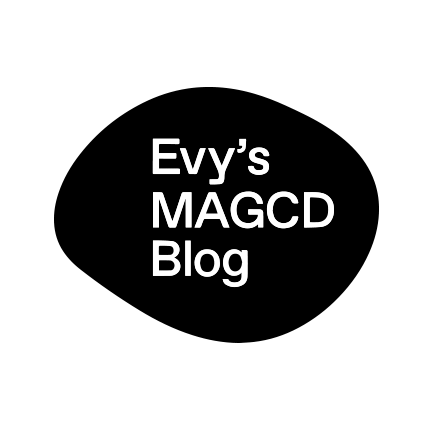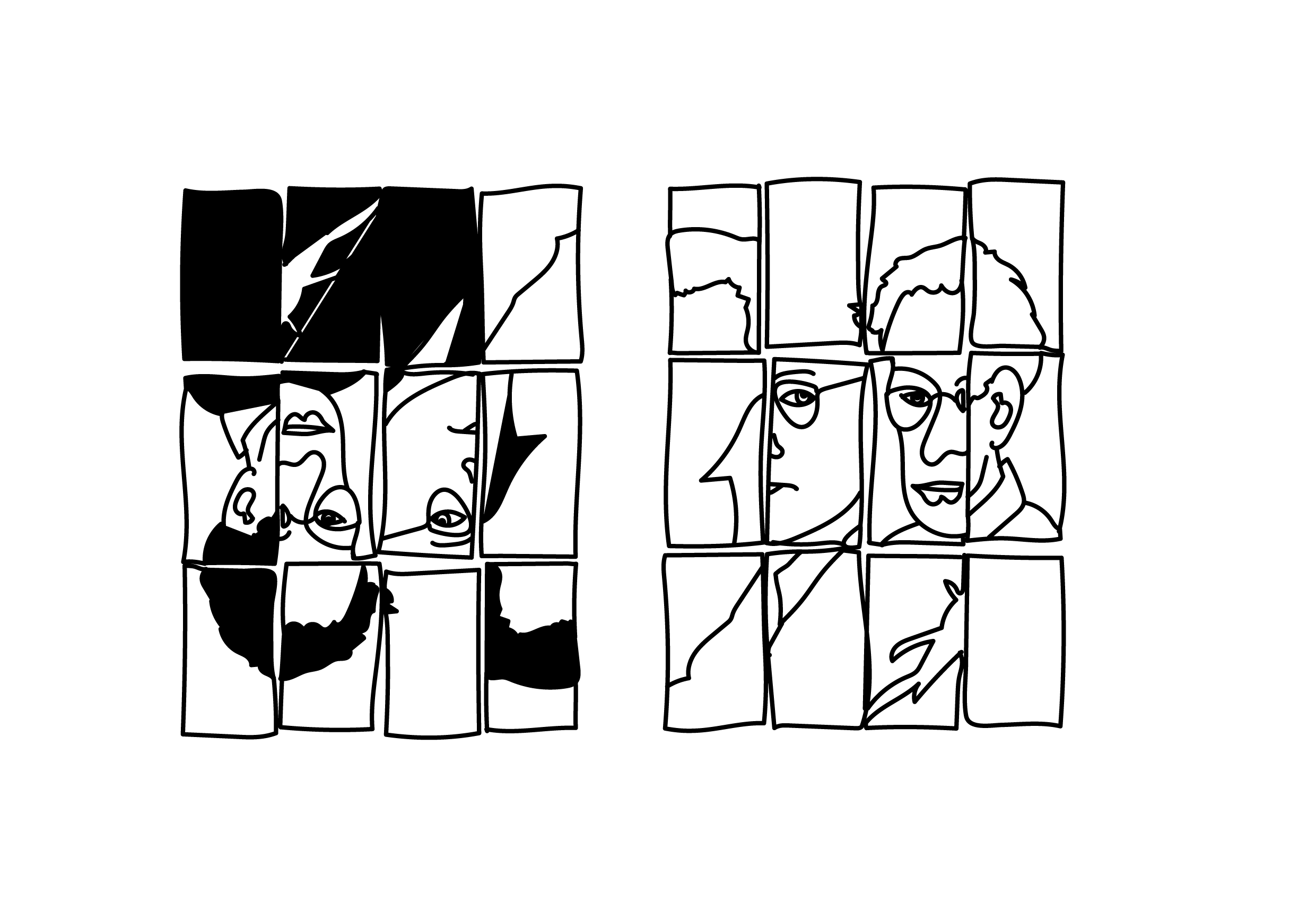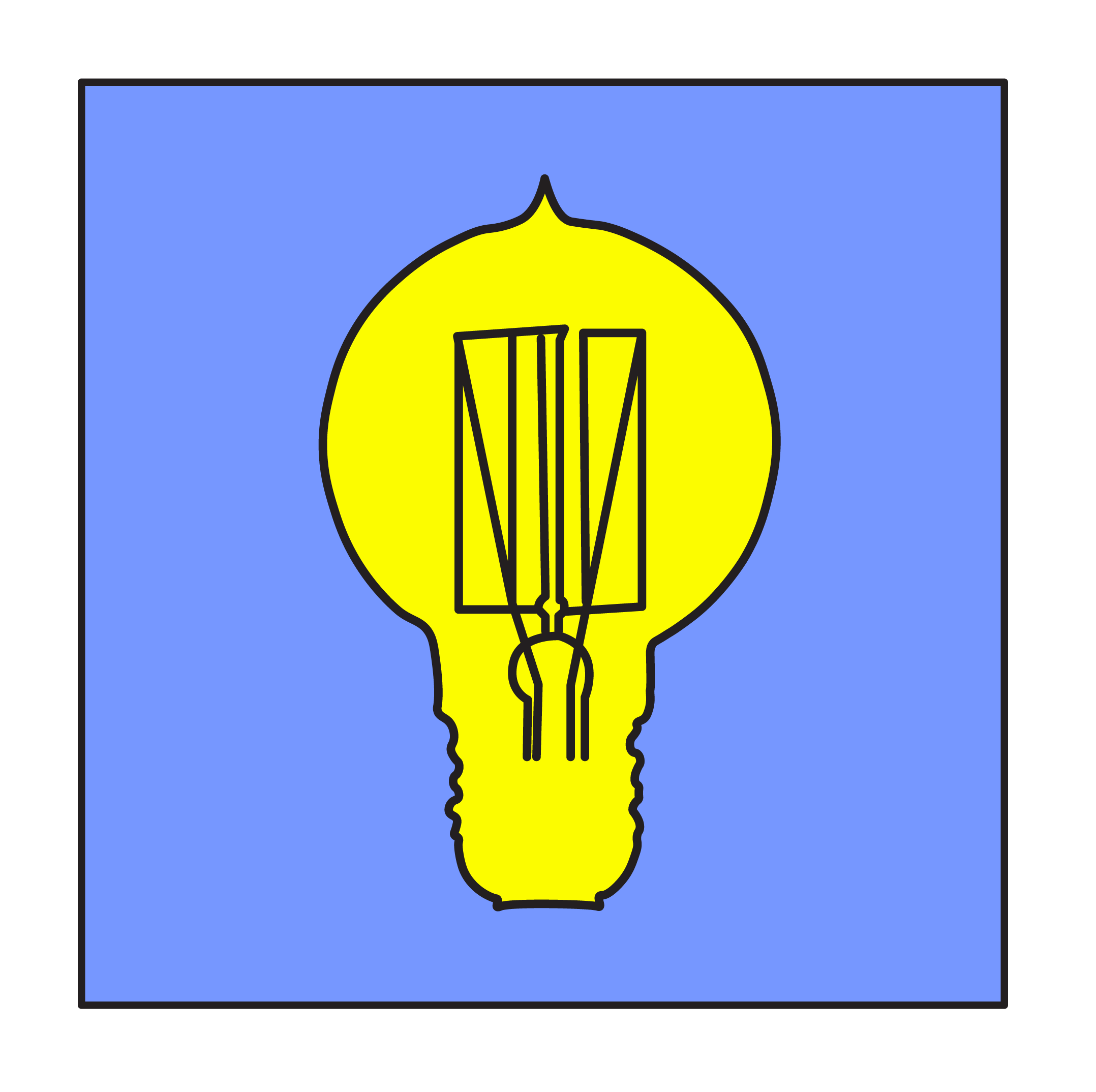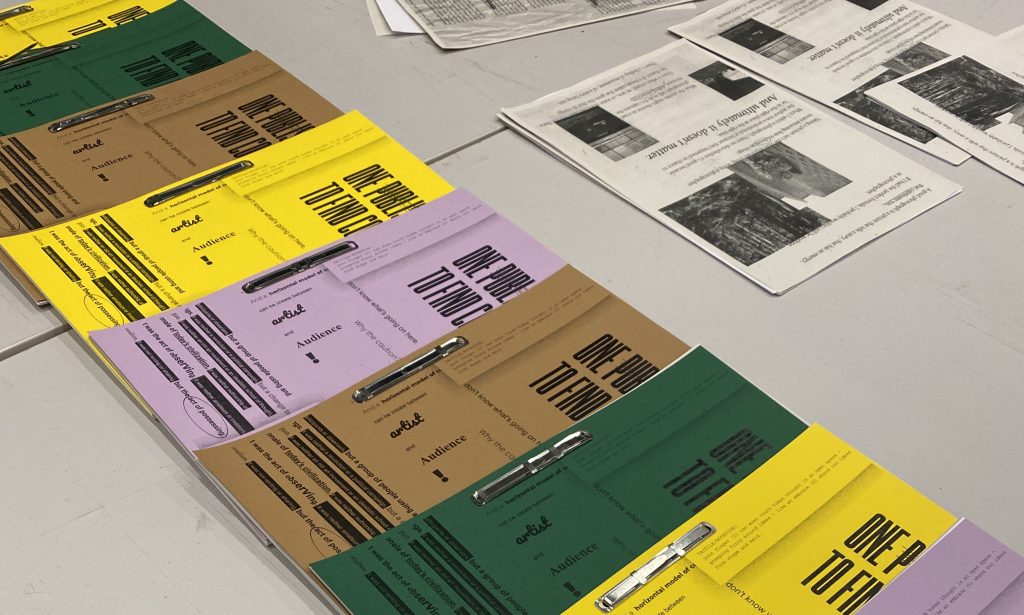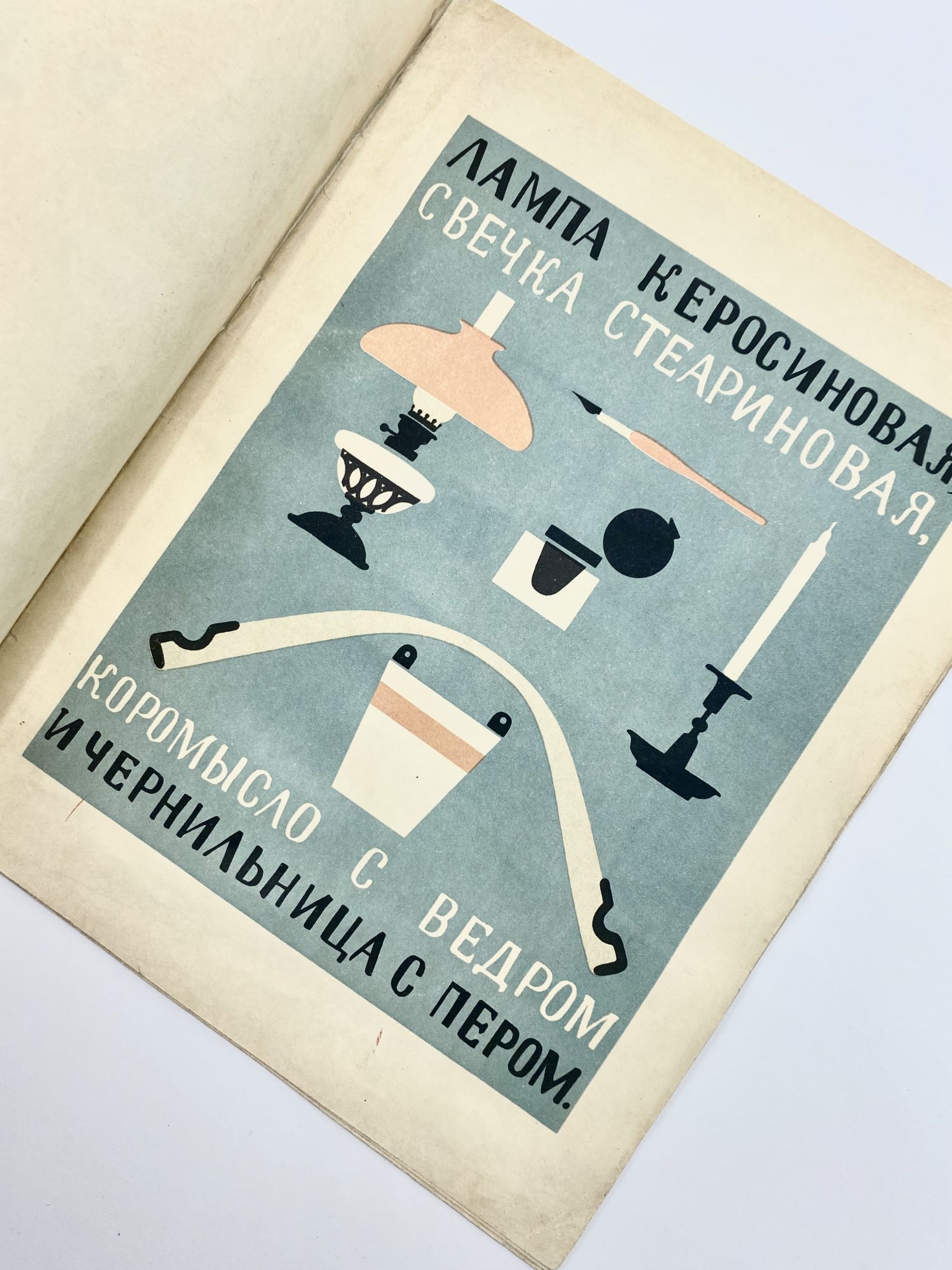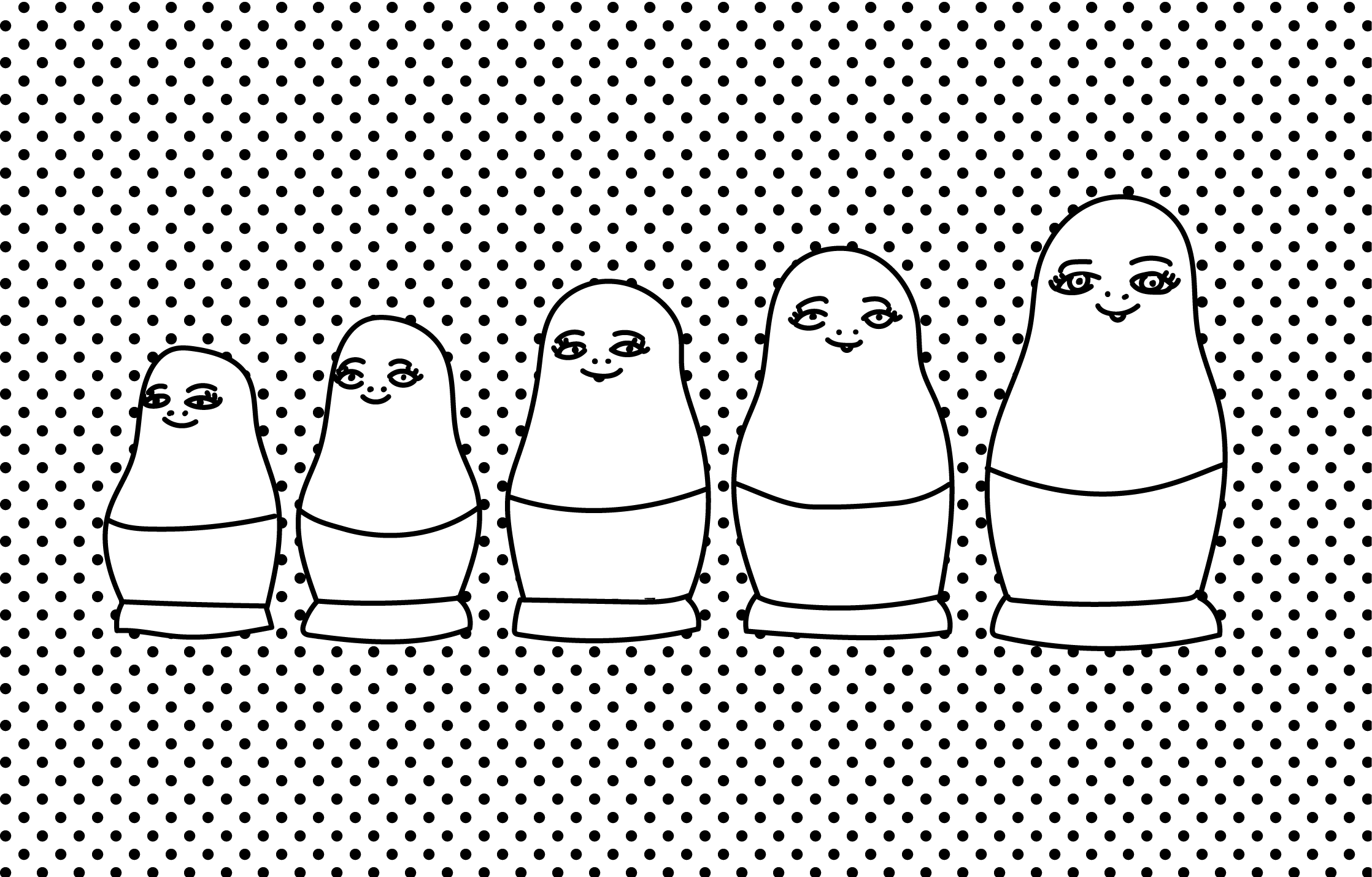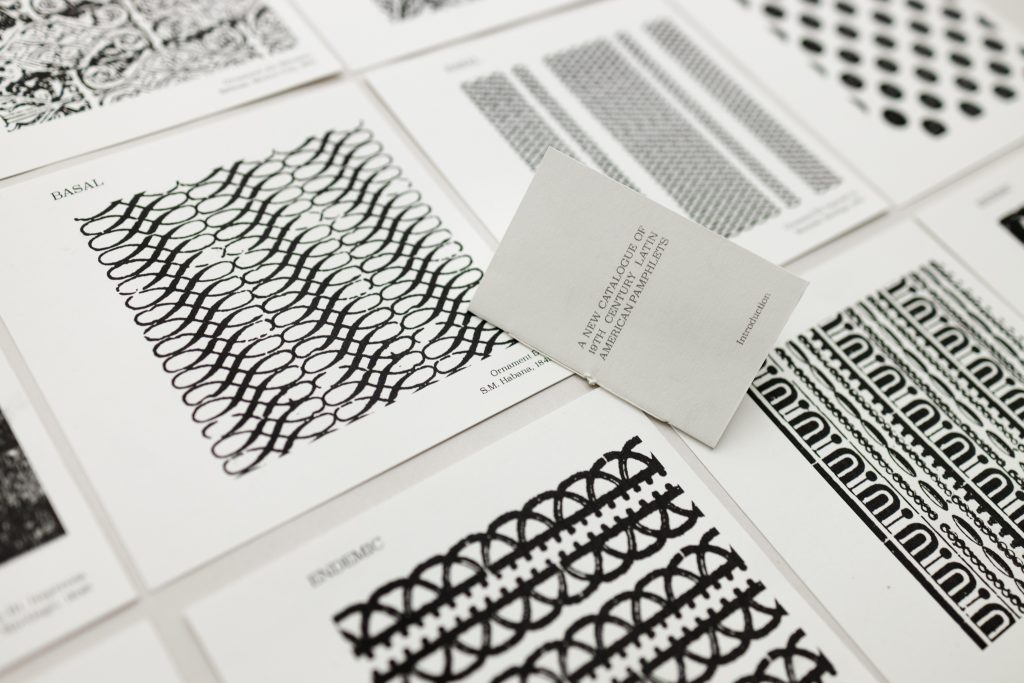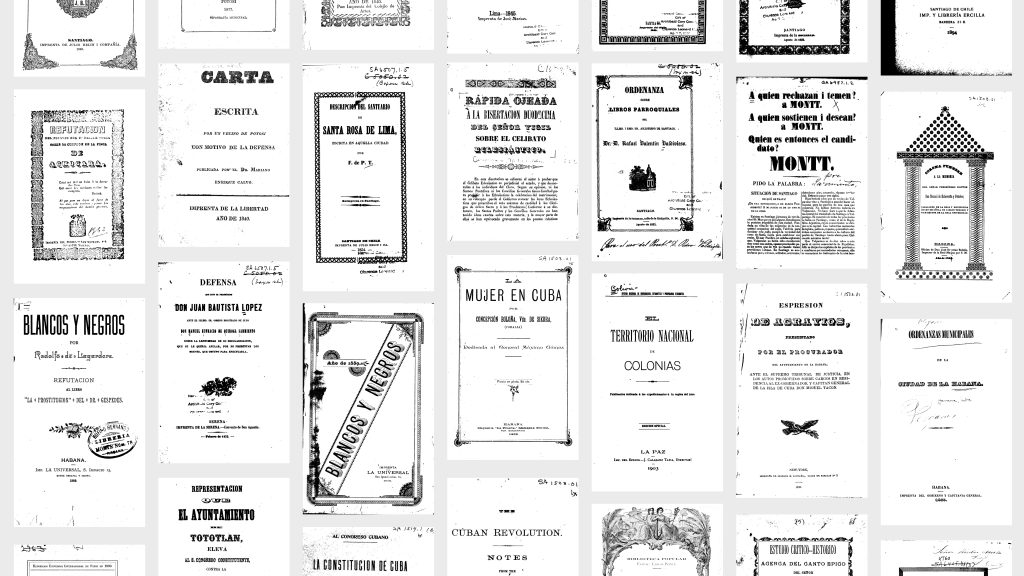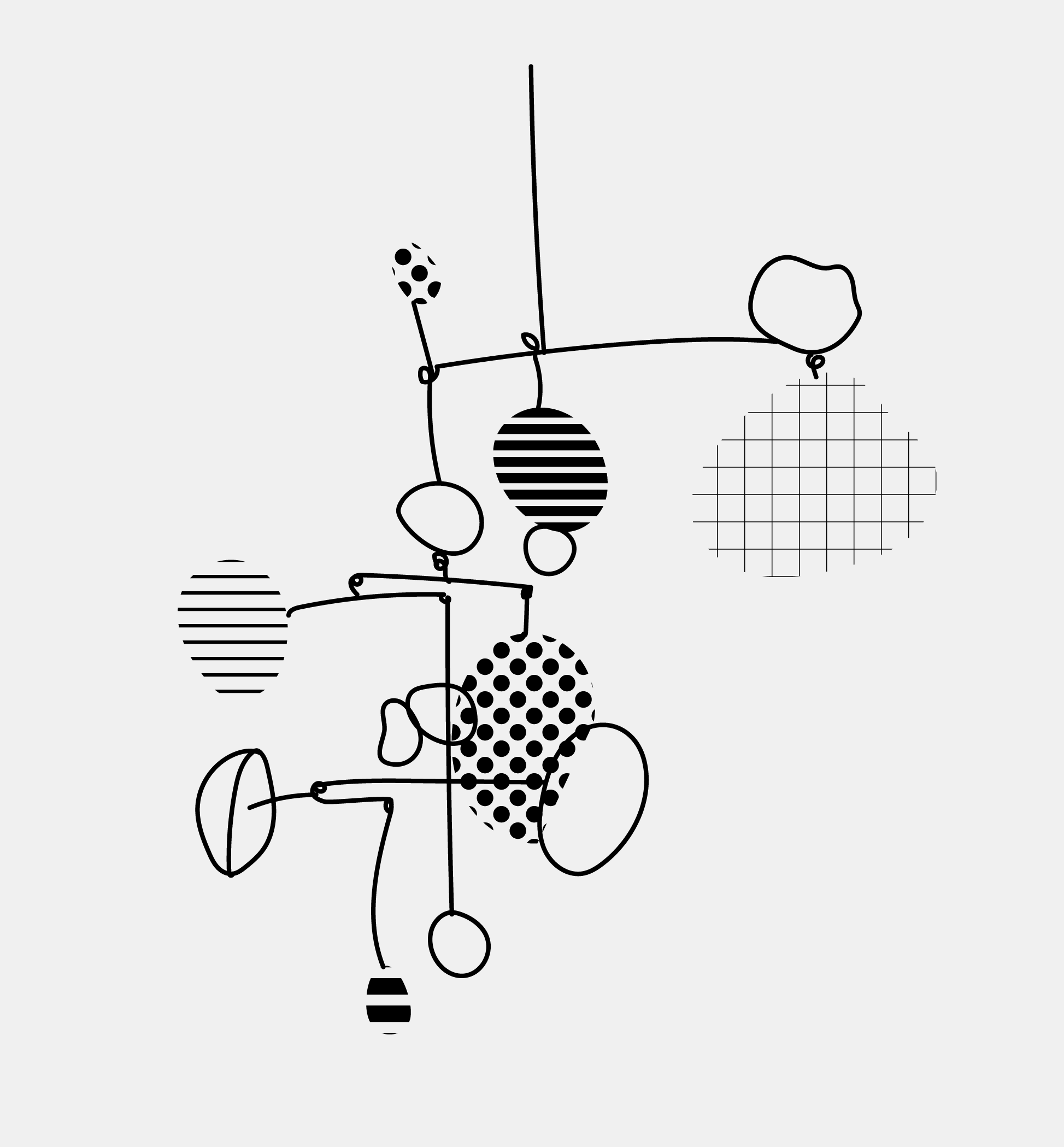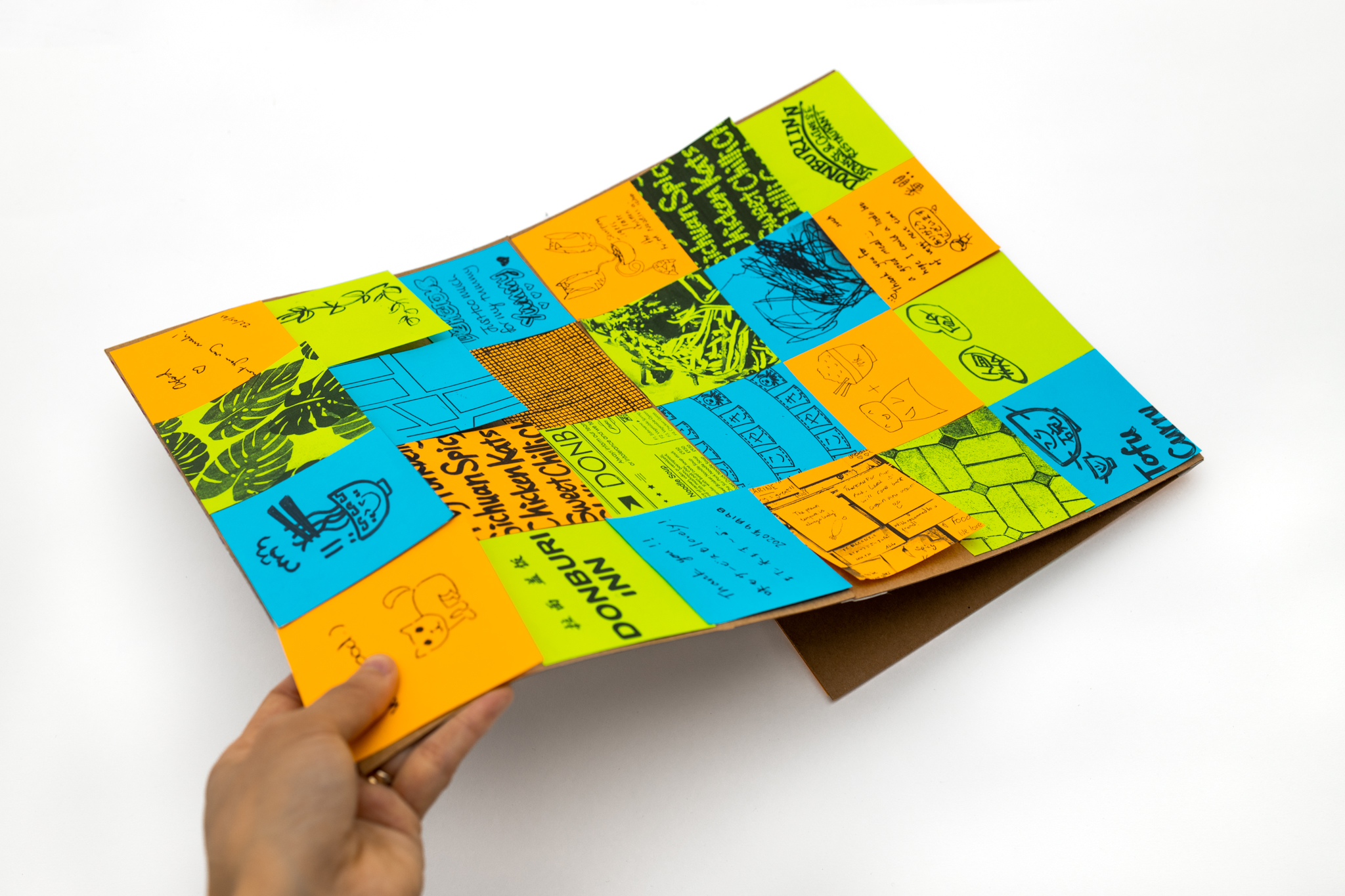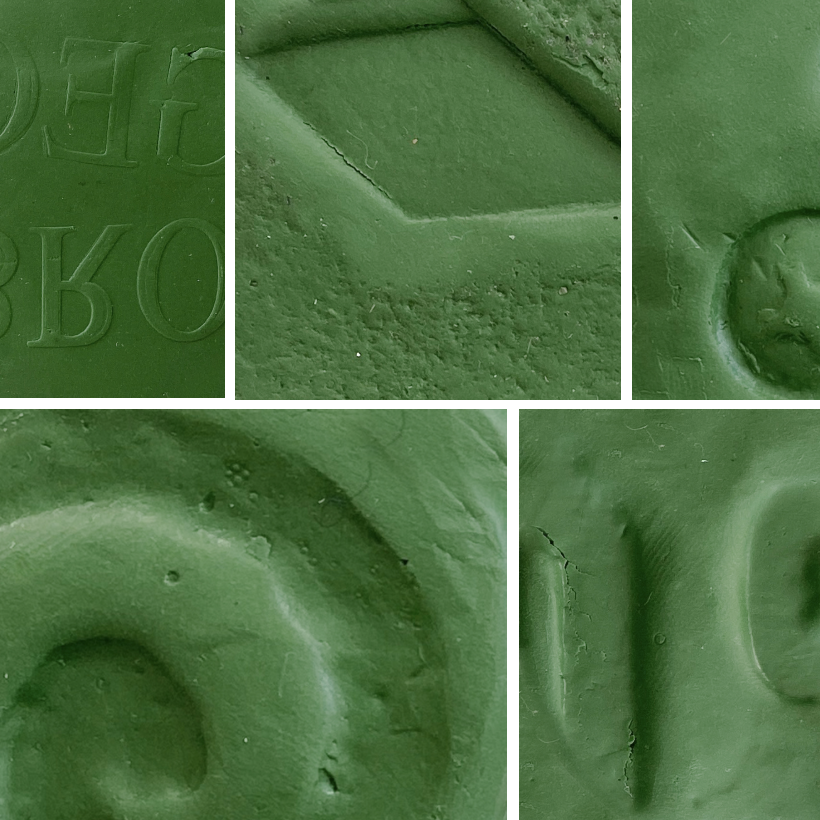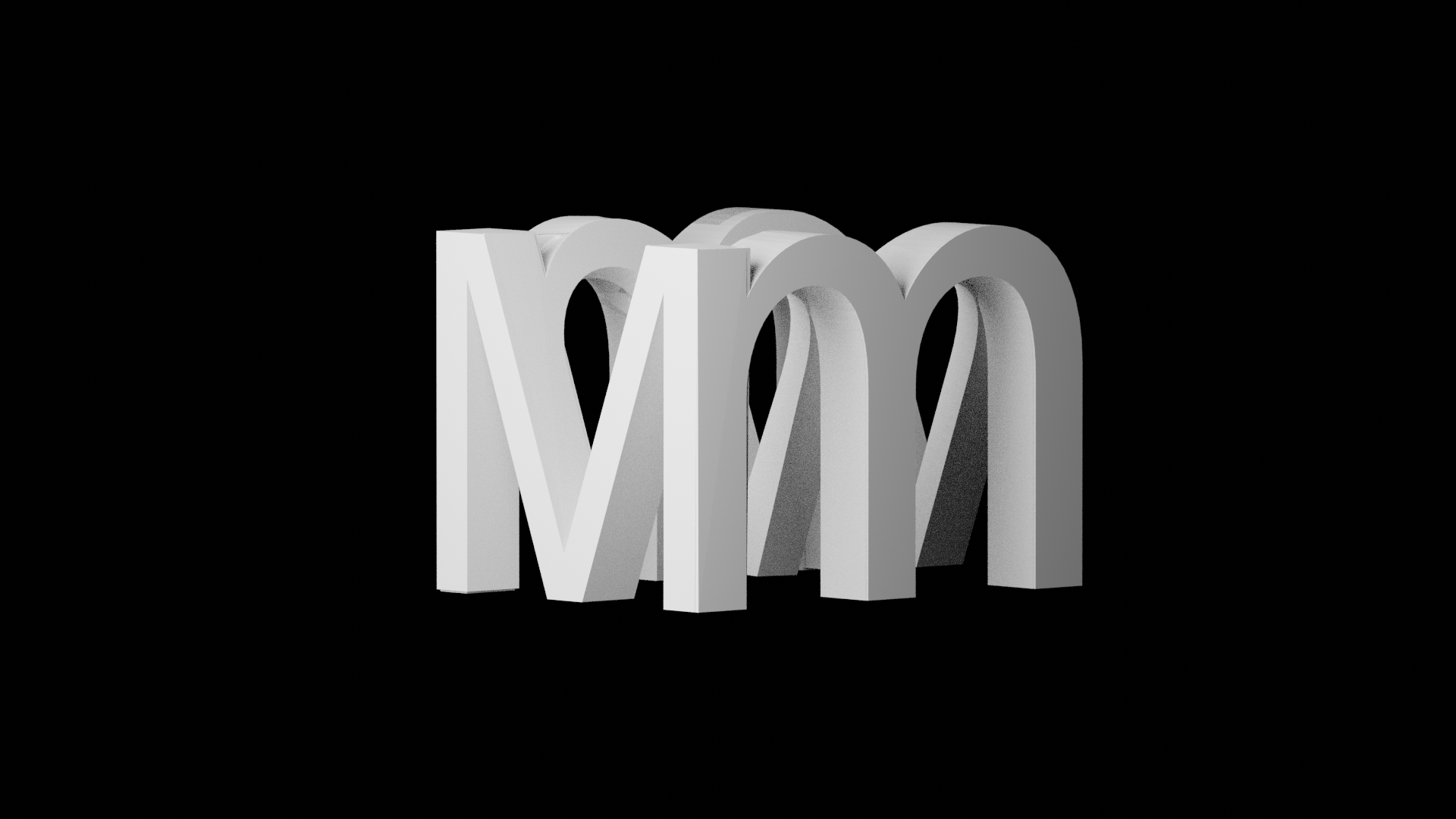
Week 1 – Methods of Iterating
While researching artists who use creative coding and generative processes in their work, I discovered Dennis Hoelscher, a motion, graphic, and environmental designer based in Cologne. I was immediately drawn to the materiality of his work, specifically his emphasis on modern Swiss typography and experimental textural pieces.
Category : Methods of Iterating, Unit 1 - Methods
